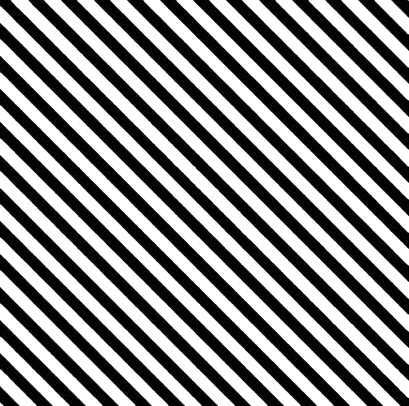

Your own custom color is semi-transitory. You can also set your own custom mask overlay color using the eyedropper on the color bar.
Overlay for edits color pro#
Pro tip: Use keyboard shortcut Shift-O to cycle through the overlay colors. The Overlay Shows popup controls whether the mask overlay highlights the affected or unaffected area of your image. Adjust the Opacity slider to increase or decrease the intensity of the color overlay. There are four built-in Custom Colors for the overlay: red, green, white, and black. Click on the color swatch and a popup with a color selector is available. Set the color of the overlay at the bottom of the Masks panel. You can set the color of the overlay and how your image is treated while viewing the mask. Use the Show Overlay checkbox in the Masks panel to turn off and on the overlay. When you create a new mask, the mask overlay is shown by default. For precision masking work, using mask overlays are incredibly useful. What Is A Mask Overlay?Ī mask overlay tints the selected mask to make the mask clearly visible. In this article, I’ll explain the different types of overlays and my favorite combination.

When you can clearly see what areas are affected by a mask, your local adjustments are more precise and your final photo is stronger. Good use of mask overlays lets you get the perfect mask. Adobe gave Lightroom a major masking overhaul and along with the new Lightroom masking experience came improvements to the mask overlays.


 0 kommentar(er)
0 kommentar(er)
